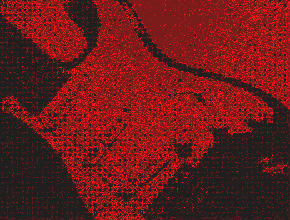My first academic article was just published! It’s been years in the making and I’m quite proud of it. 🙂
This article is meant to be a theory of form for metal music (and most kinds of heavy rock) that represents the norms in the genre, to enable other scholars can make more clearly-grounded evidence-based statements about the innovations of individual bands, or the unique properties of specific songs.
It’s been published at the open-access music theory journal Music Theory Online. Here’s the abstract and Example 1, which is a “map” of compound AABA form; the two of these are hopefully a good summary of the article.
https://mtosmt.org/issues/mto.21.27.1/mto.21.27.1.hudson.html
Here’s a link to this article on my Academia.edu page.
Compound AABA Form and Style Distinction in Heavy Metal
KEYWORDS: Heavy Metal, Formenlehre, Form Perception, Embodied Cognition, Corpus Study, Musical Meaning, Genre
ABSTRACT: This article presents a new framework for analyzing compound AABA form in heavy metal music, inspired by normative theories of form in the Formenlehre tradition. A corpus study shows that a particular riff-based version of compound AABA, with a specific style of buildup intro (Attas 2015) and other characteristic features, is normative in mainstream styles of the metal genre. Within this norm, individual artists have their own strategies (Meyer 1989) for manifesting compound AABA form. These strategies afford stylistic distinctions between bands, so that differences in form can be said to signify aesthetic posing or social positioning—a different kind of signification than the programmatic or semantic communication that has been the focus of most existing music theory research in areas like topic theory or musical semiotics. This article concludes with an exploration of how these different formal strategies embody different qualities of physical movement or feelings of motion, arguing that in making stylistic distinctions and identifying with a particular subgenre or style, we imagine that these distinct ways of moving correlate with (sub)genre rhetoric and the physical stances of imagined communities of fans (Anderson 1983, Hill 2016).

Plus, here’s one of the form charts from the article, “De Mysteriis Dom Sathanas” by Mayhem, followed by the video so you can listen as you follow along with the chart.

